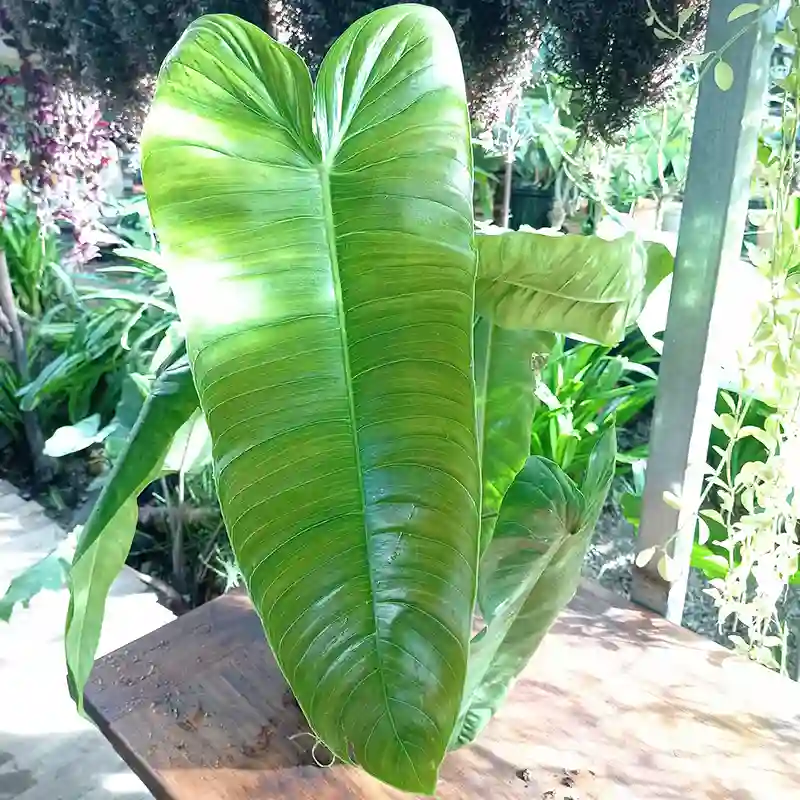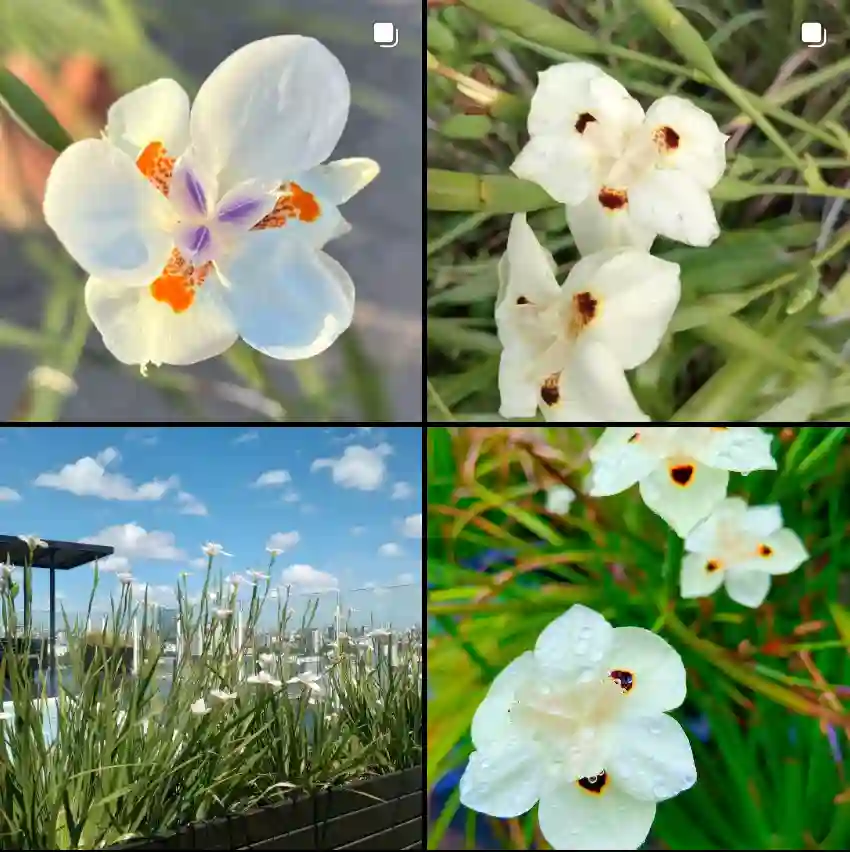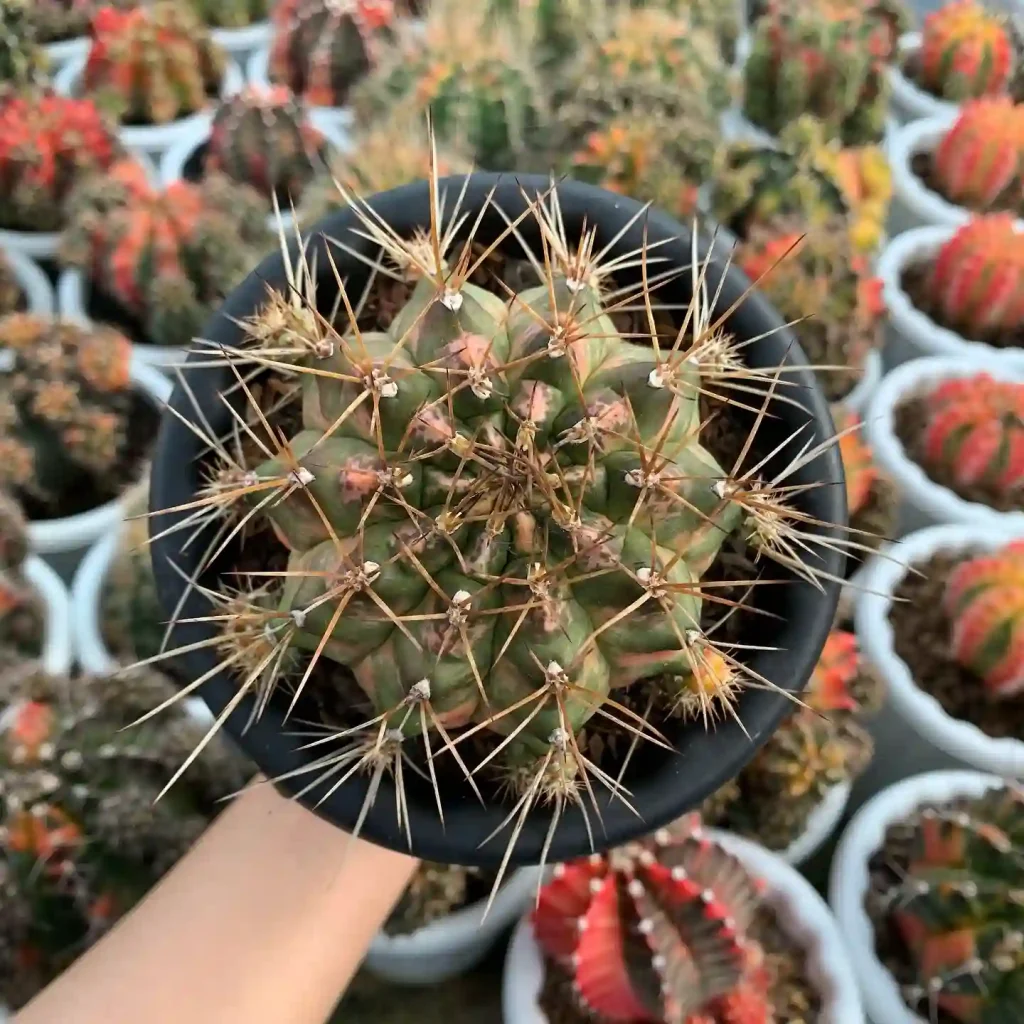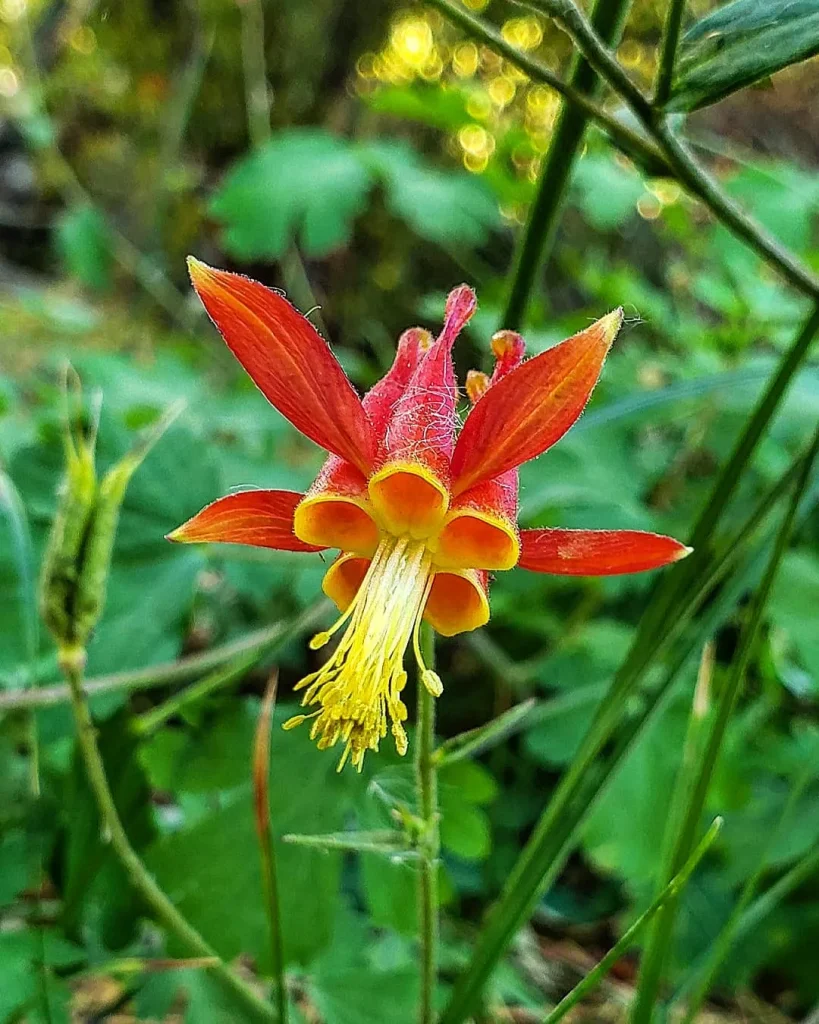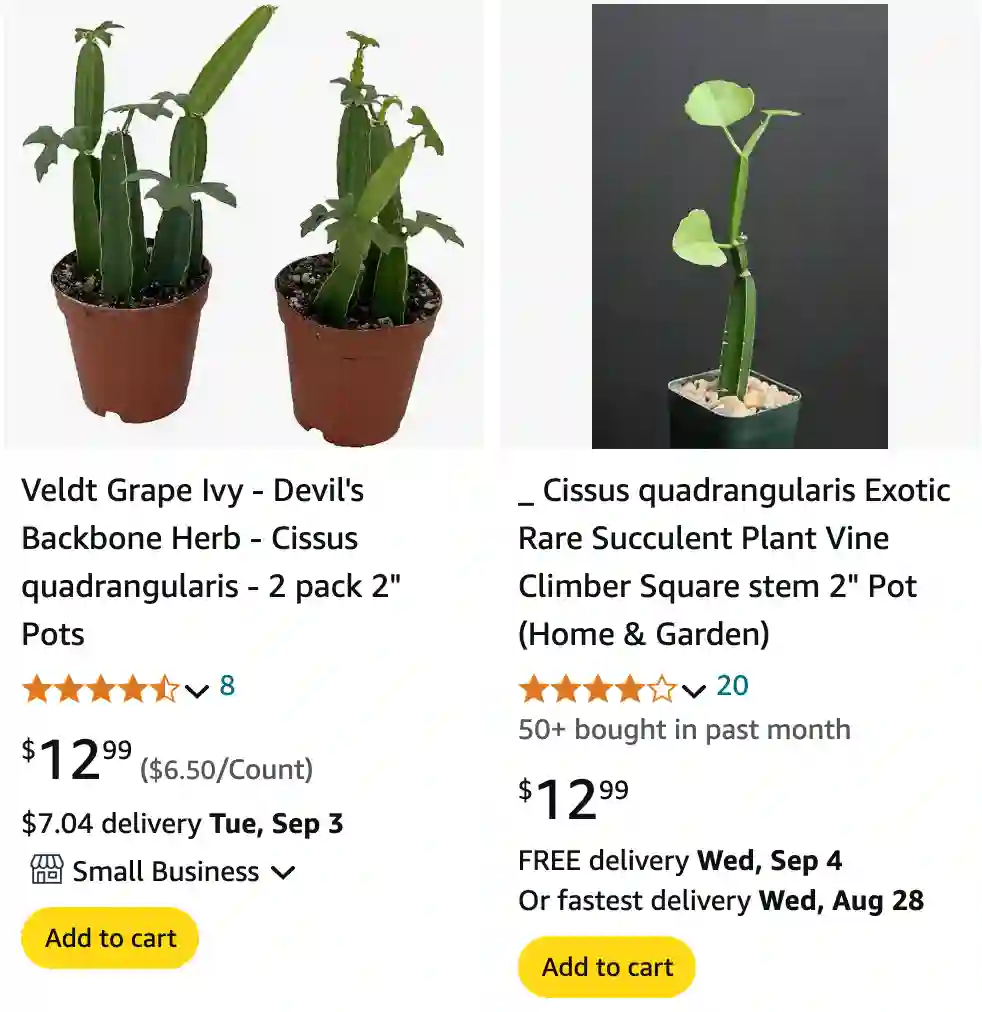
What is Cissus Quadrangularis?
Cissus Quadrangularis, often referred to as the “Veldt Grape” or “Bone Setter”, is a fascinating plant known for its medicinal properties. Native to Africa and Asia, this plant is a succulent vine that belongs to the Vitaceae family. It features thick, fleshy stems and is recognized for its potential health benefits, especially in traditional medicine. The plant is not just visually appealing but has been a staple in various cultures for its therapeutic uses.
281 Species in Genus Cissus
How Does Cissus Quadrangularis Work?
Cissus Quadrangularis is renowned for its effects on bone and joint health. It is believed to work by promoting the synthesis of collagen and aiding in the repair of connective tissues. This plant contains compounds like flavonoids, ketosteroids, and triterpenoids, which are thought to contribute to its healing properties. Research suggests that it can help in accelerating bone healing and improving joint flexibility, making it popular among those recovering from injuries or surgeries.
How Much Cissus Quadrangularis Should I Take?
The appropriate dosage of Cissus Quadrangularis can vary based on individual needs and the form in which it is consumed. Generally, for supplementation purposes, the typical dosage ranges from 300 to 600 mg per day. It is crucial to follow the dosage instructions on the supplement label or consult with a healthcare provider to ensure it aligns with your health goals and conditions. Overuse or incorrect dosing can lead to unwanted effects, so moderation and proper guidance are key.
How to Grow Cissus Quadrangularis?
Growing Cissus Quadrangularis can be a rewarding experience. Here’s how to do it:
- Climate and Soil: This plant thrives in warm climates and prefers well-drained soil. It’s tolerant of various soil types but does best in loamy soil with good drainage.
- Light: Cissus Quadrangularis enjoys bright, indirect light. While it can tolerate some direct sunlight, too much can cause leaf burn.
- Watering: Water the plant regularly but avoid overwatering. Allow the soil to dry out between watering to prevent root rot.
- Propagation: Propagate Cissus Quadrangularis from cuttings. Simply take a healthy cutting, let it dry for a day or two, and then plant it in a suitable potting mix. Keep the soil moist but not soggy.
- Temperature: It prefers temperatures between 65°F and 80°F (18°C to 27°C). Protect it from frost and extreme cold.
Is Cissus Quadrangularis a Steroid?
Cissus Quadrangularis is not a steroid. It is a natural plant extract that contains compounds beneficial for bone and joint health but does not possess steroidal properties. The confusion may arise because it has been used traditionally for similar purposes to steroids, such as aiding in the recovery of bone fractures and improving joint health, but it does so through different mechanisms.
Is Cissus Quadrangularis Safe?
Generally, Cissus Quadrangularis is considered safe when used in appropriate doses. It has been used traditionally for centuries with minimal reported adverse effects. However, safety can vary depending on individual health conditions and concurrent medications. It’s always wise to consult with a healthcare provider before starting any new supplement, especially if you have existing health conditions or are pregnant.
What Are the Side Effects of Cissus Quadrangularis?
Although Cissus Quadrangularis is usually well-tolerated, some individuals might experience side effects such as gastrointestinal discomfort, headaches, or allergic reactions. Rare cases of skin rash or irritation have also been reported. If you experience any adverse effects, it’s best to discontinue use and seek medical advice.
Cissus Quadrangularis vs. Glucosamine
Cissus Quadrangularis and Glucosamine are both used to support joint health, but they work in different ways. Glucosamine is a natural compound found in cartilage, and supplements typically help in maintaining cartilage health and alleviating joint pain. Cissus Quadrangularis, on the other hand, promotes bone health and tissue repair. Choosing between them depends on your specific health needs—whether you are more focused on joint cartilage maintenance or bone and connective tissue repair.
Cissus Quadrangularis vs. Cissus
It’s essential to distinguish Cissus Quadrangularis from other species within the Cissus genus. While Cissus Quadrangularis is known for its bone and joint health benefits, other species like Cissus Rhombifolia or Cissus Cinerea may have different properties and uses. Cissus Rhombifolia, for instance, is often used for its ornamental value rather than medicinal purposes. Therefore, when considering Cissus for health benefits, ensure you are referring specifically to Cissus Quadrangularis.
How to Care for Cissus Quadrangularis?
Caring for Cissus Quadrangularis involves several key practices:
- Pruning: Regularly prune the plant to encourage bushier growth and to manage its size.
- Fertilizing: Feed the plant with a balanced, water-soluble fertilizer during the growing season to support its health and growth.
- Pests: Watch for common pests like aphids or spider mites. Treat any infestations promptly with appropriate measures.
Can You Grow Cissus Quadrangularis Indoors?
Yes, you can grow Cissus Quadrangularis indoors. It adapts well to indoor environments provided it receives adequate light and proper care. Ensure it gets enough indirect light, and monitor humidity levels to mimic its natural habitat.
Benefits of Cissus Quadrangularis
The benefits of Cissus Quadrangularis extend beyond just bone health. It may also aid in weight management, improve digestive health, and have antioxidant properties. Its ability to support bone healing and joint health makes it a valuable supplement for many seeking natural health solutions.
Common Problems with Cissus Quadrangularis
Common problems include overwatering, which can lead to root rot, and pests like mealybugs or aphids. Addressing these issues promptly can help maintain a healthy plant. If you notice unusual leaf drop or discoloration, check the growing conditions and adjust as needed.
Cissus Quadrangularis is a versatile plant with a range of benefits and uses. Whether you’re considering it for its medicinal properties or its aesthetic value, understanding how to care for it and its differences from similar species will help you make the most of this remarkable plant.
If i die, water my plants!
